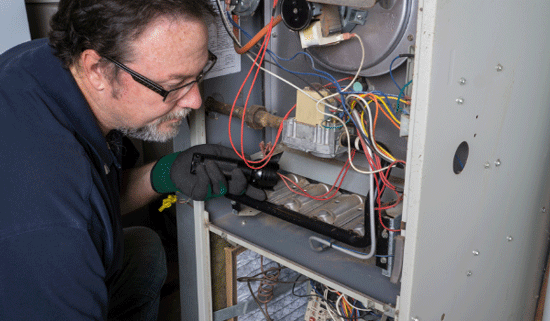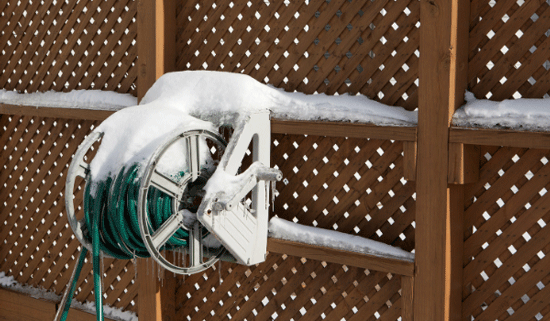1. Check Your Windows And Doors

Walk around your home on a windy day. Check your windows and doors for drafts or air leaks. Adding weatherstripping is a great way to cut down these drafts and cut down your energy bill. Don’t forget your garage door. Replace the pad along the bottom of the door if needed or adjust the door opener to better seal out cold air. After all, if cold air is getting into your home, your heating costs are higher than they need to be. Who wants to be spending extra money on heating, especially right now?
Energy suppliers like BGE are offering their customers an extra 10% rebate on energy efficiency improvements made before the end of the year, so there has never been a better time to make energy efficiency improvements to your home. In addition, wood-burning First, prune can perform a home performance energy audit for BGE customers for $100 (a $400 value).
2. Check Your Furnace Or Woodstove

The time to perform routine maintenance on your furnace and HVAC system is before winter weather arrives. Have your ducts cleaned, replace filters, adjust your thermostat, and fill the fuel tanks.
If you have a fireplace or wood-burning stove, now is the time to have the chimney cleaned and inspected. If your home does not have a carbon monoxide detector, you should install one before you begin heating your home. Don’t forget to change the batteries in your smoke detector, or better yet, upgrade to a new smoke and carbon monoxide unit with a 10-year sealed battery.
3. Cut Back Your Trees And Shrubs
As autumn weather brings cooler temperatures, it’s a great time to work outside. First, prune back any tree limbs that hang over the house. Winter snow adds weight to branches that can break off and damage your roof. Next, trim your shrubs and add mulch to flower beds to get things ready for spring. As you work close to your home, check the foundation for any cracks. Concrete and foundation problems don’t get better with time, and winter freeze and thaw cycles only make things worse, so call a professional at the first signs of concrete or foundation damage.
4. Unhook Outdoor Hoses And Shut Off Water Valves

A burst pipe can lead to thousands of dollars in damage to your home. One of the easiest ways to prevent this disaster is by simply unhooking your garden hose from the outdoor faucet. Hoses left with water in them freeze back to the valve and can burst pipes inside your home, causing major damage, especially if unnoticed for some time. If you have a shutoff valve indoors, be sure to turn off the water to the outside faucet before freezing temperatures arrive. If you live in an area that typically has many days with temperatures below freezing, you can add a foam insulator to the hose bib for additional protection. These only cost a few dollars at your local hardware store.
5. CHECK YOUR ROOF AND GUTTERS
It is a good idea to check your roof and clean gutters and downspouts quarterly, but it is essential before winter. Take note of cracked or curling shingles. Make sure no daylight is visible from the attic. Clear all gutters and downspouts of the debris before snow and ice buildup and damage them.
